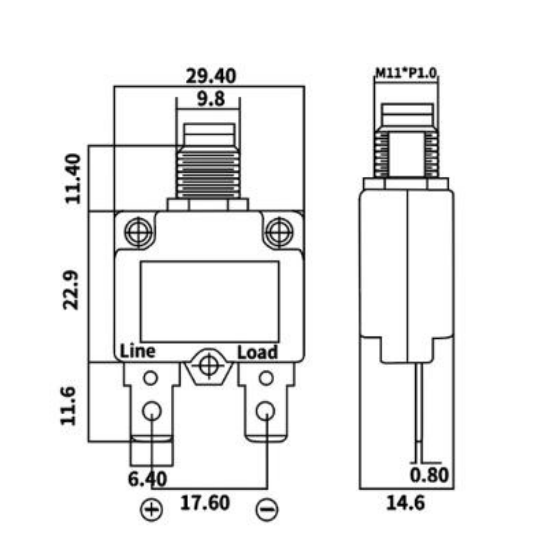Understanding Expansion Joint Foam Strips Essential for Structural Integrity
Expansion joint foam strips are critical components in modern construction and engineering, playing a pivotal role in maintaining the structural integrity of buildings, bridges, roadways, and various other infrastructures. As materials expand and contract due to temperature fluctuations, it becomes essential to incorporate solutions that accommodate these movements without compromising the integrity of the structures.
What Are Expansion Joint Foam Strips?
Expansion joint foam strips are typically made of high-quality, closed-cell foam that is light, resilient, and designed to compress and expand with movement. These strips are specifically designed to fill the gaps between building materials, providing a necessary buffer that absorbs and mitigates the stresses caused by thermal expansion and contraction. The flexibility and compression resistance of the foam allow it to adapt to changes in the nearby material, ensuring that the structural joints remain intact and free from damage.
Applications of Expansion Joint Foam Strips
These foam strips have a wide range of applications across various fields. In residential and commercial buildings, they are used in floors, walls, and ceilings to prevent cracking and other forms of structural damage. In highways and bridges, expansion joint foam strips accommodate the natural movements caused by traffic load and seasonal temperature changes, ensuring safety and longevity.
In industrial applications, they serve to protect pipes and mechanical systems from stresses related to thermal fluctuations. Moreover, expansion joint foam strips are also invaluable in precast concrete installations, where they allow for proper movement between panels, safeguarding against structural failures.
expansion joint foam strip

Benefits of Using Expansion Joint Foam Strips
1. Durability Expansion joint foam strips are engineered to withstand harsh environmental conditions, including UV rays, extreme temperatures, and moisture. This durability contributes to the overall lifespan of a structure.
2. Ease of Installation The lightweight nature of foam strips makes them easy to cut and fit into various joint sizes, enabling quick and efficient installation. This can significantly reduce labor costs and project timelines.
3. Cost-Effective By preventing damage due to unrestrained movement, these foam strips can save property owners significant repair costs over time, making them a wise investment.
4. Noise Reduction The foam's sound-dampening properties can also help minimize noise transmission through joints, contributing to a quieter environment, especially in densely populated areas.
Conclusion
In summary, expansion joint foam strips are indispensable tools in constructing and maintaining resilient infrastructures. They offer a practical solution to the challenges posed by thermal movement, ensuring that buildings and other structures remain functional and undamaged over time. As the construction industry continues to evolve, the reliance on such innovative materials highlights the importance of proactive measures to enhance structural performance and longevity. Investing in high-quality expansion joint foam strips is not just about complying with engineering standards; it’s about ensuring the safety and durability of our built environment for generations to come.
-
XIANGFAN Rubber Tape-Ultimate Solutions for All Your Insulation NeedsNewsJun.24,2025
-
XIANGFAN Rubber Tape-Protection for Industrial and Residential ApplicationsNewsJun.24,2025
-
XIANGFAN Rubber Tape: Superior Safety and Sealing for Demanding EnvironmentsNewsJun.24,2025
-
XIANGFAN Rubber Tape: Reliable Solutions for Every Electrical ChallengeNewsJun.24,2025
-
XIANGFAN Electrical & Industrial Tape: Powering Reliability Across IndustriesNewsJun.24,2025
-
XIANGFAN Electrical & Industrial Tape: Excellence in Every ApplicationNewsJun.24,2025
